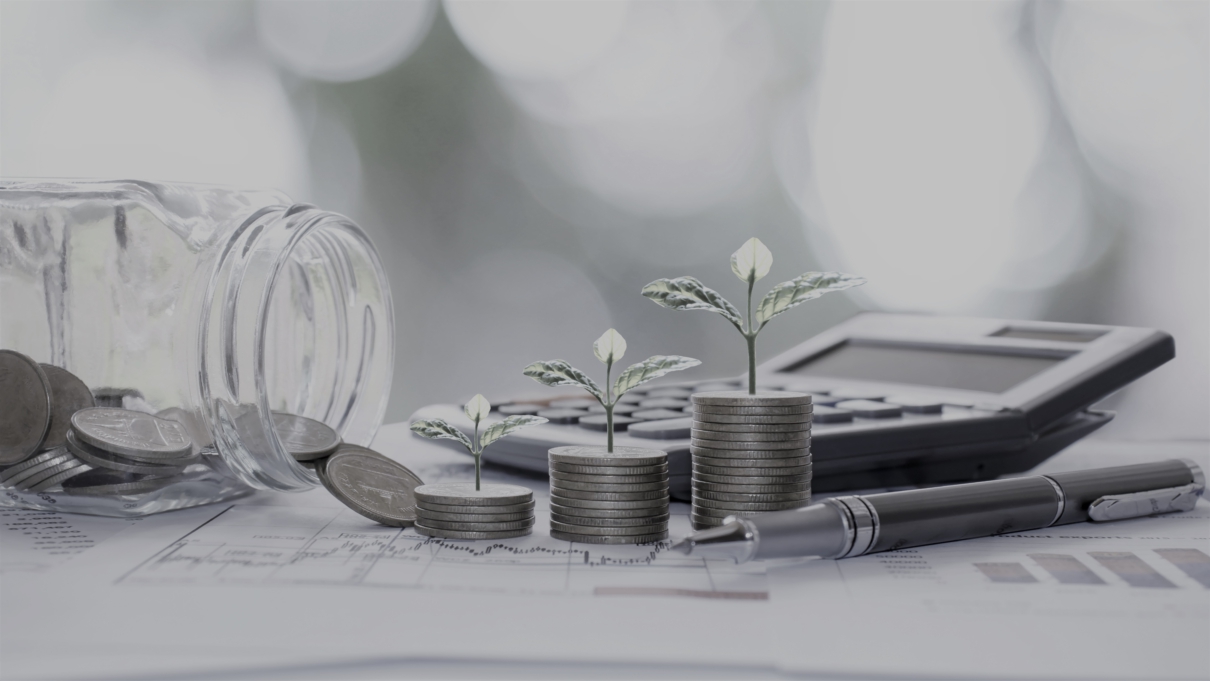The topic of sustainability is gaining strength. The background is the EU Green Deal, with which the European states want to gradually make the EU climate-neutral by 2050. The financial markets have a decisive role to play in the implementation of the climate policy goals, as they promote and anchor the issue of sustainability. “Sustainable finance” is the new buzzword. It means that sustainable aspects of a company regarding the environment, social issues or corporate governance are included in the decisions of financial actors. Sustainable finance is synonymous with supervision and regulation of the financial markets towards more sustainability in companies – and that also in small and medium-sized enterprises. In the future, banks will give more weight to sustainable aspects when granting loans, regardless of the size of the company, and make sure that their loan portfolios are in line with the EU taxonomy, which will come into force in 2022 and place greater emphasis on environmental aspects.
The EU taxonomy from 2022: Higher requirements in terms of sustainability – also for SMEs
With the new EU taxonomy, the expectation of companies to operate sustainably is becoming even more stringent. Corresponding reporting obligations of the EU taxonomy will apply from 2022 to all companies that are obliged to CSR reporting according to the CSR Directive Implementation Act. Thus, the sustainability criteria of CSR reporting on environmental, employee and social issues will be expanded and concretized with the EU taxonomy in the environmental category from next year. According to the current timetable, it will then also apply to all companies covered by the extended reporting obligation under the Corporate Sustainability Reporting Directive from 1 January 2024. Small and medium-sized enterprises are expected to be obliged to report on CSR from 2026, but sustainable aspects are already playing an increasing role for them as well, since they have to disclose them to their banks. The “CSR reporting pressure” for medium-sized companies vis-à-vis banks and insurance companies is increasing. How sustainably a company is positioned will increasingly determine in future bank discussions whether a company gets a loan and at what conditions.
So what should a small or medium-sized enterprise expect when it comes to negotiating a loan?
The times when debt service alone was sufficient to obtain a loan are over. Non-financial, i.e. sustainable aspects, are increasingly coming into focus and banks are paying more and more attention to a sustainable loan portfolio. If a bank classifies a company as non-sustainable, this can result in poorer conditions or even a loan rejection. Medium-sized companies must be prepared to be asked what proportion of their turnover is accounted for by sustainable activities – both in terms of investments and operating expenses. More attention will be paid to what risks could arise in the business model regarding sustainable management. These sustainability risks include, for example, rising raw material and energy prices, changing consumer behavior or decisions in climate policy. The key question is how the company manages these sustainability risks. Ultimately, identified potential risks can have a negative impact on the company’s development – and consequently on the assessment of its credit rating. It is also important for lenders to know what sustainability goals a company is pursuing and what it is doing to achieve them and be taxonomy compliant.
Even if small and medium-sized enterprises do not have the financial and human resources as the big players on the market, they can efficiently prepare themselves for these increasing requirements with the right strategy. In this way, small and medium-sized enterprises can sustainably master their next big challenge after the corona pandemic. THE MAK`ED TEAM accompanies companies on their way into the future and knows how to successfully face the current challenges on the financial market.


